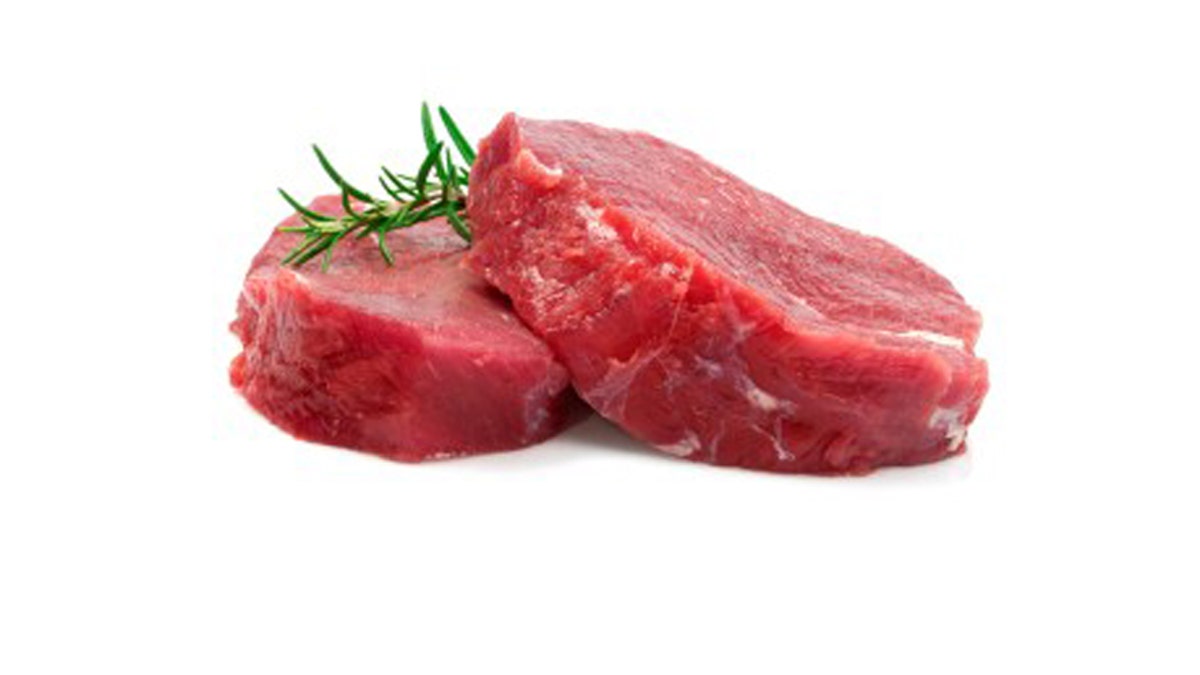Between burgers at summertime barbecues, spaghetti and meatballs, and braised ribs throughout the winter, Americans eat a lot of red meat. On average, we eat more than 100 pounds of red meat a year, and show no signs of slowing down.
But what you don’t know about meat can actually hurt you. It’s time to start eating red meat mindfully.
Consuming less meat in your diet is good for both your body and the environment; it takes about 53 gallons of water, 6.7 pounds of grains, and 74.5 square feet of land to make one quarter-pound burger. But the days of swearing out meat altogether are slowing down (hey paleo people, I’m looking at you). Small amounts of red meat are actually really good for you; it’s a great source of protein and helps your body perform necessary functions (like breathing). Before you start wrapping everything in bacon, it’s time to note that moderation is the key; there is a direct correlation between consuming large quantities of red meat and early death.
Break up your red meat consumption with a day totally dedicated to not eating meat, like Meatless Monday. Take your vegetable game to the next level with some vegetarian grilling tips and fill up with “meaty” vegetables that will fill the meat void. When you do indulge, opt for lean types of red meat, like bison, as well as lean cuts of meat, like pork tenderloin.
If you do decide to shrink your serving size of meat, make the most of your meat consumption and enjoy every bite. Try some crazy combinations, like red meat and peanut butter, or stick to a classic grilled steak paired with a bright acidic red wine like carménère.
Meat isn’t as bad for you as was once thought, but there are some things you should know to make the most of your meat eating ways, starting with the recommended daily serving size.
1. Serving Size

(iStock)
Bigger is not always better. The recommended serving size for lean red meat is three to four ounces, about the size of a deck of cards.
2. Healthy Red Meat

(iStock)
The healthiest type of red meat for you is organic, grass-fed lean beef, which is richer in omega-3s, vitamin E, and linoleic acids than conventional beef.
3. Worst Type of Red Meat

(iStock)
One of the worst types of red meat for you is ham. Whether baked, glazed or country-style, this variety of red meat is high in fat (7.7 grams of fat, with 2.7 grams of saturated fat) and sodium (1,275 milligrams of sodium, which is about half of the daily recommended amount).
4. Nutritional Value

(iStock)
A three-ounce serving of red meat (beef) provides you with half (about 25g) of your recommended daily protein intake and is also an excellent source of Vitamins B6 and B12 (which give you energy), zinc (which helps maintain your immune system), and is a good source of iron (which helps your body use oxygen efficiently).
5. Heart Health

Doctor Discussing Records With Senior Female Patient (iStock)
Contrary to popular belief, red meat does not increase the risk of coronary disease. A recent study shows that eating three ounces a day of lean red meat was not associated with a higher risk for heart disease or diabetes.
6. Allergies from Ticks

(iStock)
Tick bites can make people allergic to meat. A bite from a lone star tick can cause allergic reactions to red meat.
Check out more facts you didn't know about red meat.
More from The Daily Meal
The Most and Least Fattening Cuts of Steak
9 Ways to Make Cheap Steak Tender and Delicious
